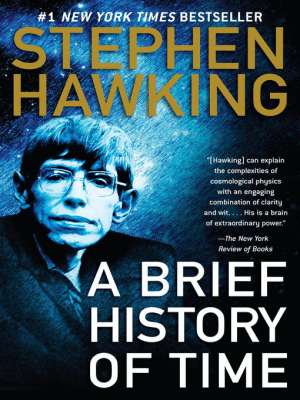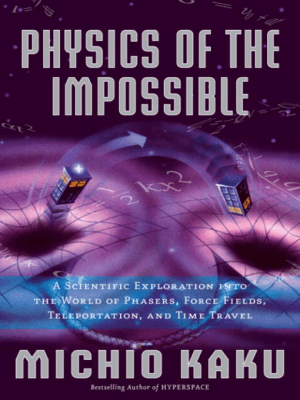Over the soggy and wet July 4th weekend something exciting happened (other than the fireworks).
If you’re a bit of a space-nut then you already know, but for those with their feet solidly planted on Earth, then it might be news that NASA’s Juno spacecraft to Jupiter finally reached the gas giant.
Jupiter is twice the size of all the planets combined, and is the fifth planet from the sun, after Earth and Mars. To get to its destination, Juno traveled a little over 5 years (or 1.8 billion miles—whichever sounds best in a trivia contest) traveling at speeds of up to 165,000 mph. NASA’s mission is not to find little green men, but to better understand Jupiter’s evolution, it’s enormous magnetic field and to discover the material that makes up its core. If you’d like to learn more interesting tidbits about Jupiter, click here. You can also listen to spooky sounds of the solar winds and the weird noises made when the spacecraft entered Jupiter’s atmosphere.
My celebration consisted of two books on physics—one a modern classic and the other a more recent addition by Michio Kaku. So without further adieu, let’s take a look at these two.

First up, A Brief History of Time by Stephen Hawking, available in print and on Overdrive. For those with a bit of science background, it definitely helps, but for those without, it’s a book that makes an effort to speak in clear and concise language meant for the masses to understand. Concentration is required for this one, but I must admit, even though I did not grasp all of the book, I preened just a little bit when I finished it. I feel smarter already, although I’m probably not going to be a theoretical physicist anytime soon.

Next up: Michiu Kaku’s Physics of the Impossible. Michio Kaku is a popular theoretical physicist and excellent communicator who frequently appears on television. This man can explain anything to anyone. His book explores what the future of physics might look like by taking aim at popular culture in Star Trek and Star Wars. Could we someday build lightsabers? What about teleportation or phasers? This book covers everything you ever wanted to know from the history of physics to its modern evolutions.
If you’re looking for something more general on astronomy or physics, the Carnegie Library of Pittsburgh has some excellent resources on all things space, physics and astronomy. This is not a complete list by any means, but feel free to take advantage of some excellent resources and delight your budding physicist heart!
-Whitney
Want to know more about physics and space?
Check out the classic A Brief History of TimeWhitney Z. is a native Pittsburgher. She is currently a substitute Library Assistant who loves audiobooks, music and movies. She believes firmly that NASA made a mistake in demoting Pluto and would sincerely like for said decision to be reversed.
